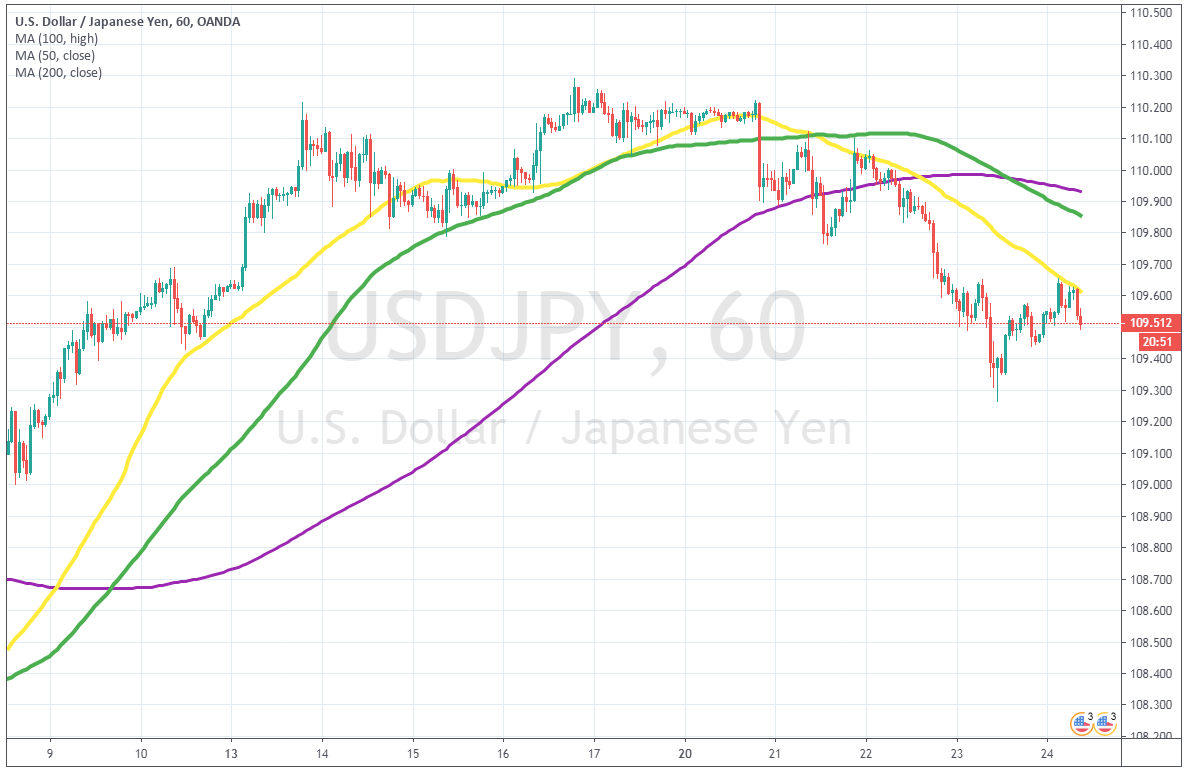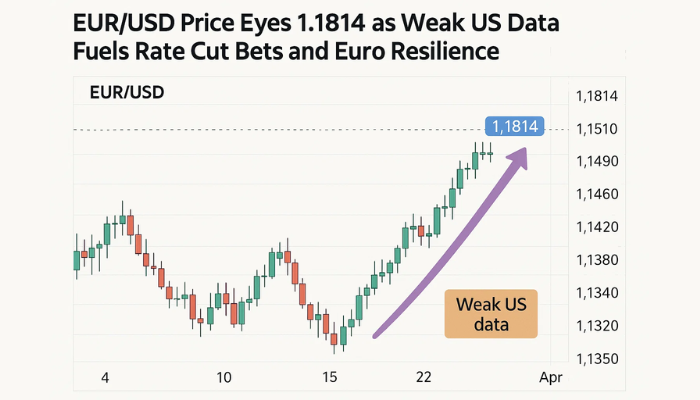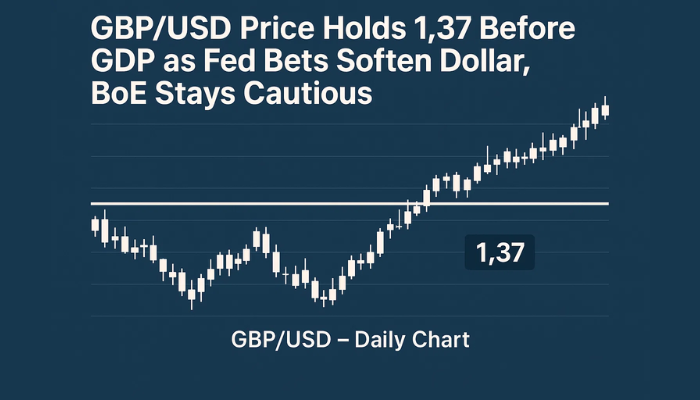Forex Signals US Session Brief, Jan 24 – Positive Data From Europe Couldn’t Help the Euro or the GBP
We saw some decent manufacturing and services numbers from Europe today, but the Euro and the GBP kept declining

The economy of the Eurozone slowed down a great deal last year and the European Central Bank turned dovish, cutting deposit rated further in negative territory and restarting another QE programme. All other major central banks turned dovish last year, cutting interest rates several times and now the Bank of England is expected to cut rates again. Although, we have seen some green shots from the Eurozone and the UK recently, such as the manufacturing and services reports today, but markets don’t seem impressed and EUR/UD and GBP/USD have slipped lower yet.
Manufacturing improved in Germany and the Eurozone this month, although it remains in deep contraction. Services would have improved as well for the whole of the Eurozone, but they declined in France due to the ongoing protests, which affected the Eurozone services PMI negatively. Inflation has also improved and stabilized at around 1.3%, but that’s still too low and the ECB seems pessimistic about it, as Lagarde suggested earlier today. So, the Euro continues to remain bearish. Services improved considerably in the UK, jumping to 52.9 points from contraction and this sector makes up about 80% of the UK economy, which is a good sign. But, markets are stil pricing in a rate cut from the BOE soon, so the GBP turned bearish after that report.
The European Session
- Eurozone Manufacturing PMI – Manufacturing has been deteriorating in the Eurozone last year, with Germany dragging everyone down. But, the slowdown seems to have stalled in the last two months and this month we saw a small improvement. In Germany manufacturing PMI improved from 43.4 points in December to 45.2 this month. Manufacturing improved in France and the whole of the Eurozone as well, to 47.8 points from 45.9 in December.
- Eurozone Services PMI – Services are in expansion in Europe, unlike manufacturing although this month this sector softened, mainly due to protests in France, which turned this indicator from 52.4 points in December to 51.7 points this month, missing expectations of 52.2 points. That affected Eurozone services as well, sending the PMI indicator from 52.8 points last month to 52.2 points this month.
- UK Services PMI – The services report from UK was released this morning and it was a positive one this time. Core retail sales excluding autos turned positive as well, increasing by 0.2%, but that’s lower than expectations of 0.5%. Prior core sales ex autos stood at -0.5% but was revised higher as well to -0.4%. Composite PMI 52.4 vs 50.7 expected, up from 49.3 previously.
- Pessimistic Tones From the ECB Today –The economy of the Eurozone has been in a difficult spot for quite some time, after having slowed down considerably in the last year, especially manufacturing and industrial production. Inflation has also been weakening, falling to around 0.7% at some point last year. But, it has improved in recent months, although the ECB doesn’t seem happy with it. Below are comments from ECB officials who don’t seem happy with it:
Comments by ECB president, Christine Lagarde, at the WEF in Davos
- We are not seeing transmission from wages to inflation yet
- Upward move in inflation is really minor
- Downside risks are less pronounced due to trade deals
Comments by ECB governing council member, Olli Rehn
- Inflation expectations have become stuck at a low level
- This is something that the governing council discusses incessantly
- This is at the core of the strategy review, we want to make sense of it
- One option is to set price stability target closer to that of other central banks
- A flexible and symmetric inflation target may be a good option for the ECB to study
The US Session
- Canadian Retail Sales – The retail sales report from Canada for November was released a while ago. It showed a decent improvement. Sales increased by 0.9% in November, against 0.6% expected. That comes after a major decline in October.
- Retail sales 0.9% against 0.6% expected
- Prior was -1.2% (revised to -1.1%)
- Core sales ex autos +0.2% vs +0.5% expected
- Prior ex autos -0.5% (revised to -0.4%)
The headline is strong but the ex-autos number is more important and it’s a drag despite the positive revision. Overall, I think the market was leaning towards some weakness here and this is a solid report.Details:- Motor vehicle sales and parts +3.8%
- Furniture +0.3%
- Electronics/appliances -19.9%
- Building materials +5.0%
- Food and beverage +3.1%
- Health and personal care -2.6%
- Gasoline stations +3.1%
- Clothing -0.3%
- General merchandise stores +2.1%
- Belgian Business Sentiment – The business sentiment deteriorated last year, bottoming in summer, as we saw in Germany and the Eurozone. But,. it has improved in recent months, with German and the Eurozone ZEW economic sentiment coming back to positive territory. But, Belgian business sentiment remains negative, although it has improved as well. Today it improved further to -2.0 points from -3.4 previously.
- US Flash Manufacturing and Services – The trade war and the global slowdown has also affected negatively the US manufacturing sector, as it fell into contraction last August. But, it came back in expansion in the following month and has improved slightly since then. Last month, US manufacturing PMI increased to 52.5 points, but was revised a tick lower to 52.4 points this week. Services also improved to 52.2 points last month, from 51.6 in November, which was revised even higher to 52.8 points this week and it is expected to improve further to 52.9 points this month.
Trades in Sight
Bearish USD/JPY
- The retrace higher is over on H1 chart
- The trend has turned bearish this week
- MAs have turned into resistance
The 50 SMA has turned into resistance now
USD/JPY turned quite bearish in the last few days of last year, as traders turned into safe havens just in case a world war broke out. Well, that wasn’t too far fetched, as geopolitical tensions between US and Iran increased in the first week of this year and safe havens rallied higher, with USD/JPY losing around 200 pips in total. But, the sentiment improved after the US didn’t attack back, following the Iranian attack on US bases in Iraq. As a result, safe havens turned bearish again and USD/JPY turned bullish, climbing above 110. But, the sentiment turned negative again this week, after the coronavirus outbreak in China.
As a result, USD/JPY has turned bearish again, as safe havens attract bids. USD/JPY fell to 109.20s, but it was retracing higher yesterday. Although, buyers couldn’t push above the 50 SMA (yellow) on the H1 chart, which has been providing resistance since yesterday. They failed to push above it, and instead the 50 SMA pushed the price down. The virus is still strong in China, so I suppose the sentiment will remain negative and USD/JPY will remain bearish.
In Conclusion
The manufacturing sector showed some improvement in the Eurozone and the UK today, while services also jumped higher in Britain. But, markets weren’t too impressed with the numbers, since manufacturing still remain in deep contraction in the Eurozone, while the BOE is stille expected to cut rates soon.
- Check out our free forex signals
- Follow the top economic events on FX Leaders economic calendar
- Trade better, discover more Forex Trading Strategies
- Open a FREE Trading Account



